Beyond Sustainability: Companies Champion Regeneration
As sustainability professionals, it's no surprise that the push for continuous improvement in our environmental, social, and economic agendas remains strong. In recent years, companies have started placing greater emphasis on Nature and Biodiversity. With significant progress made in measuring carbon output, organisations are now looking at proactive steps to not only reduce emissions but also to enhance their overall impact. This shift is paving the way for a focus on regeneration and circularity to ensure a thriving future for both businesses and communities.
Regeneration takes sustainability a step further by concentrating on restoration, renewal, and revitalisation. It aims to create systems that are not just sustainable but actually beneficial to both people and the planet. A prime example of this is regenerative agriculture, which focuses on practices like crop rotation, cover cropping, and holistic grazing to improve soil health, enhance biodiversity, and maintain ecosystem balance. These methods not only boost soil fertility and increase water retention but also sequester carbon and support local communities.
Patagonia, for example, is a pioneer in adopting regenerative practices. Through its Regenerative Organic Certification program, the company supports farmers who practice soil-friendly agriculture, ultimately producing higher-quality raw materials while contributing to ecosystem health.
Circularity reimagines our economic model by designing out waste and keeping products and materials in continuous use. In contrast to the traditional linear economy of "take-make-dispose," the circular economy emphasizes longevity, reusability, and resource efficiency. Popularized by initiatives like the Ellen MacArthur Foundation, circularity has proven viable across various sectors, from fashion to construction and beyond.
IKEA is a standout in this space, implementing circularity by offering furniture take-back services, reselling pre-owned items, launching a line of products made from recycled materials, and recently announcing their pilot of a second-hand market. This not only reduces waste but also aligns with consumer demand for sustainable, long-lasting products.
Transitioning towards regeneration requires a paradigm shift in both mindset and practice. It demands holistic thinking, community empowerment, and innovative leadership to address environmental, social, and economic challenges collectively. By embracing these concepts, companies can not only reduce their environmental footprint but also drive innovation and contribute to a healthier planet. It’s time to go beyond sustainability—it's time for regeneration and circularity.
If you’re interested in exploring what this means for your organisation or your career, feel free to get in touch with us.
